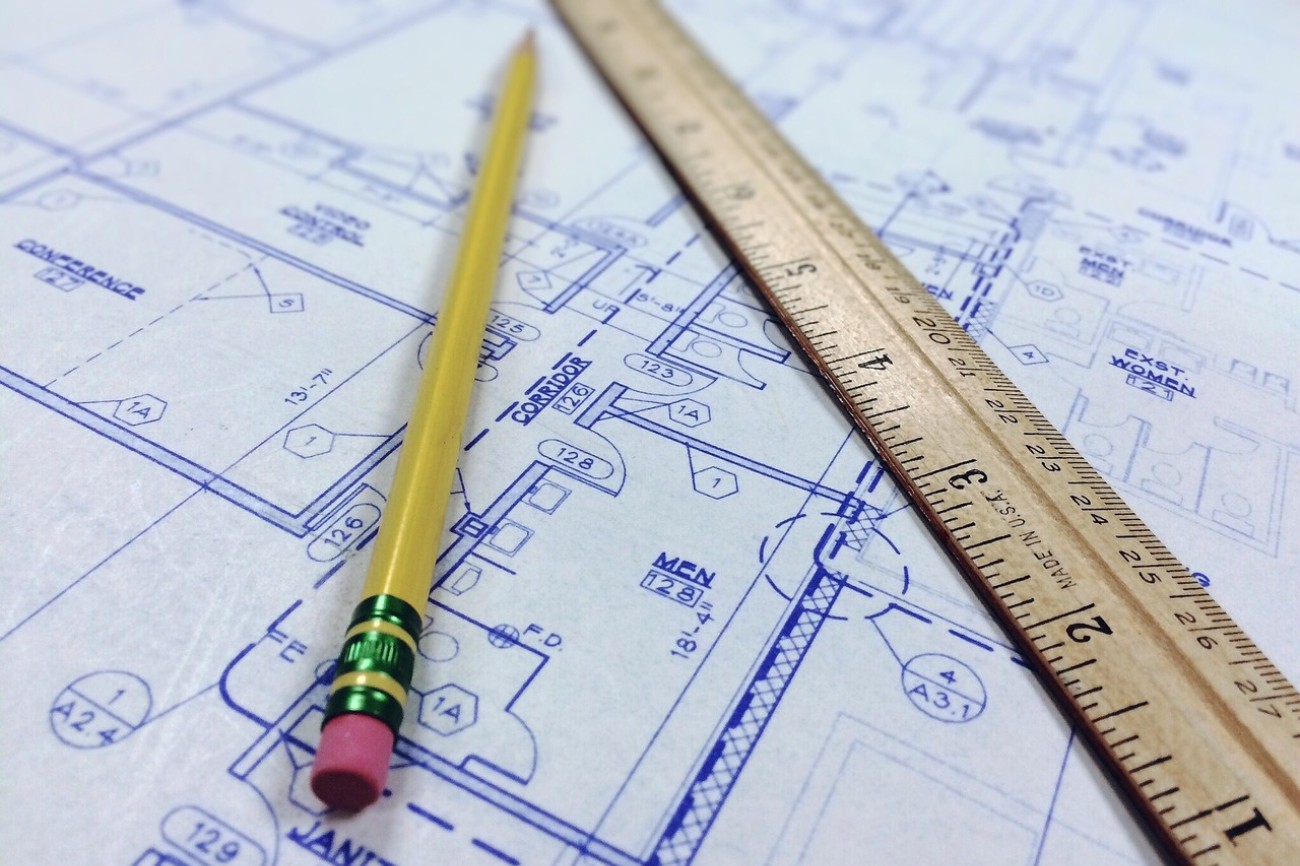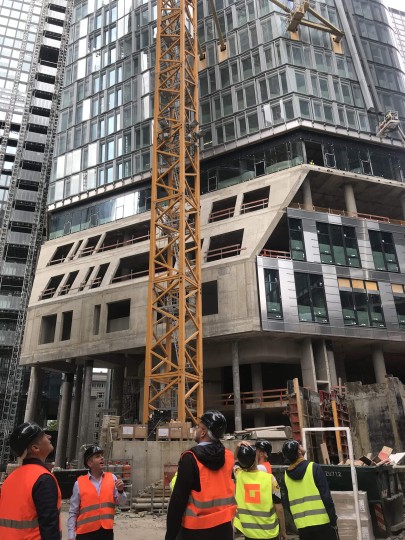Fields of professional activity in solid construction
What career perspectives are opened up by specialising in solid structures in the civil engineering study programme? In which situations and for which tasks is solid structures needed in practice? Why is it essential to consider topics such as structural dynamics and construction in existing buildings in addition to the classic basics of reinforced concrete, prestressed concrete and masonry construction – especially with regard to sustainability in building construction and infrastructure?
We would like to answer these questions using selected examples from professional practice. If anything remains unclear, please do not hesitate to contact us directly. We will be happy to answer your questions as best we can.
Structural Engineering (Konstruktiver Ingenieurbau)
Structural engineering deals with the planning, calculation, design and monitoring of construction projects that focus on supporting structures in building construction, infrastructure construction and bridge construction. Key tasks include verifying stability to ensure the robustness and load-bearing capacity of structures, as well as analysing serviceability to assess structural vibrations and deformations and ensure optimal use. Engineers develop detailed building and construction plans, including specific project details, and cooperate closely with architects, traffic and facility planners to develop functional and economical solutions.
They also supervise the construction work to ensure compliance with the planned specifications. The fields of activity range from the planning and construction of buildings in structural engineering to the development of infrastructure facilities such as tunnels and retaining walls in infrastructure engineering and the realisation of load-bearing and durable bridges. The preparation of test statics and damage analyses is also part of their area of responsibility.
Typical professional fields are structural design, statics, structural analysis, construction, project development or construction management. Jobs can be found in engineering offices, construction companies and public authorities. Students of structural engineering are able to independently design, plan and construct construction projects and supervise their realisation. They acquire the expertise to develop and successfully realise both supporting structures and the associated project and construction details.
Further information:
Structural Design of Buildings (Tragwerksplanung Hochbau)
Structural Design of Buildings is one of the classic fields of civil engineering. Structural designers ensure the stability and serviceability of buildings, including residential buildings, office and industrial buildings, sports arenas and railway stations. In addition to complying with standardised specifications, they take into account the specific requirements of materials such as steel, concrete, wood, masonry and composite materials.
Structural designers work on an interdisciplinary basis: in building construction they cooperate closely with architects, in industrial construction with plant planners and in bridge construction with transport planners. Their tasks include selecting foundation and load-bearing systems and suitable building materials, planning, designing and dimensioning projects independently and coordinating processes during the planning and construction phase.
Career opportunities exist in engineering offices, construction companies and public authorities in areas such as structural design, statics, structural testing, construction, project development and construction management. Structural designers make a significant contribution to integrating architectural and environmental requirements into realisable construction projects and mastering the growing challenges of modern construction.
Further information:






